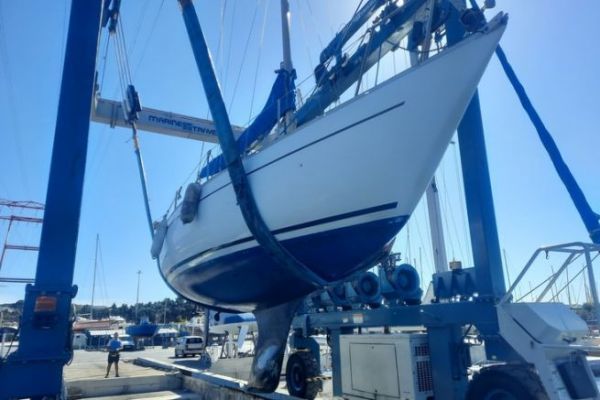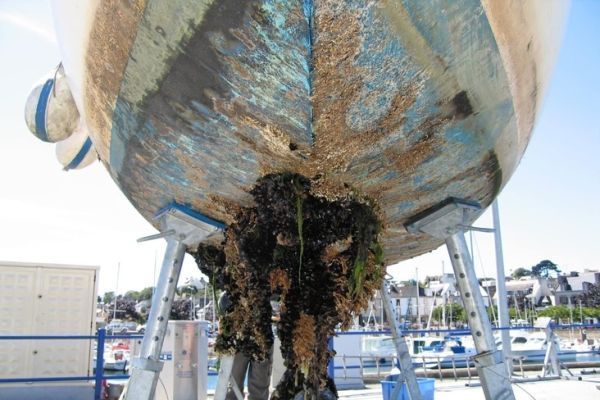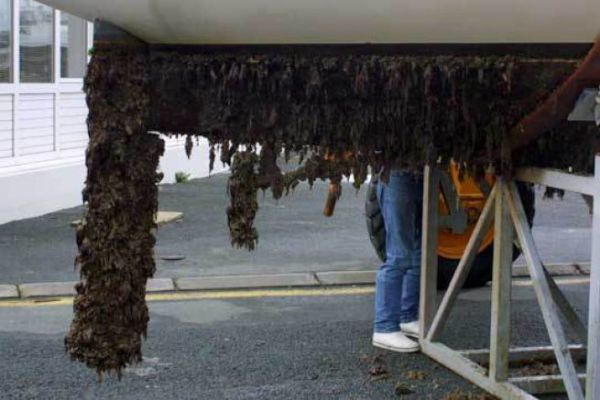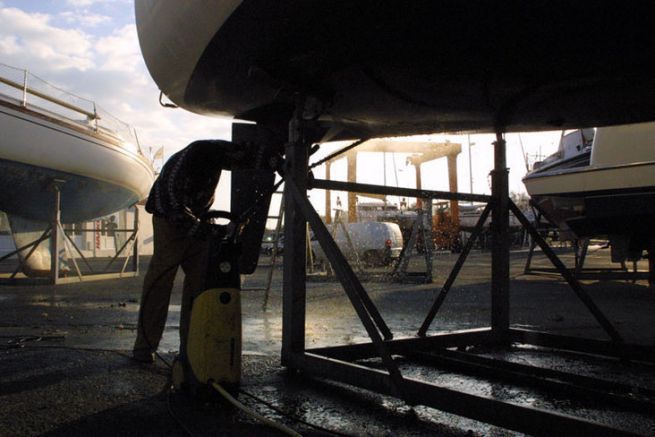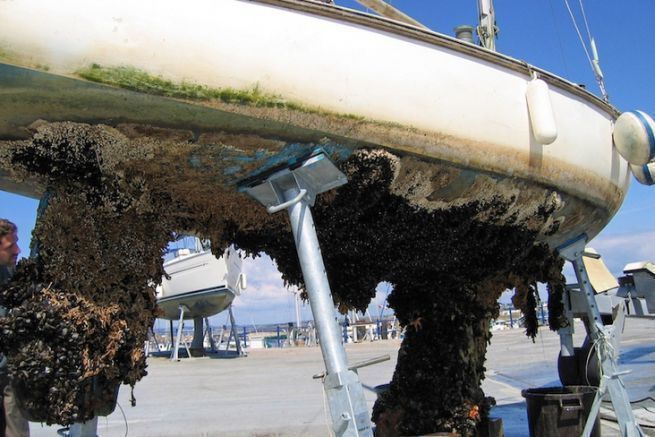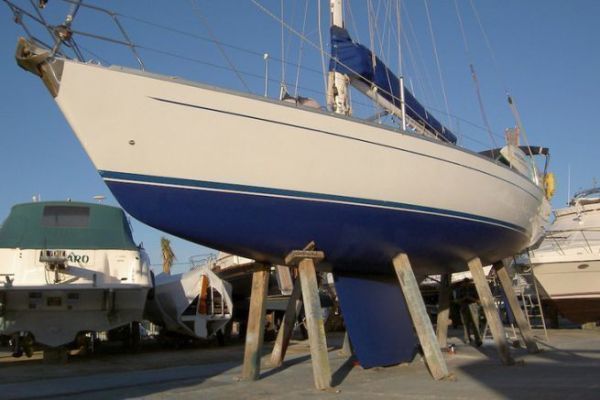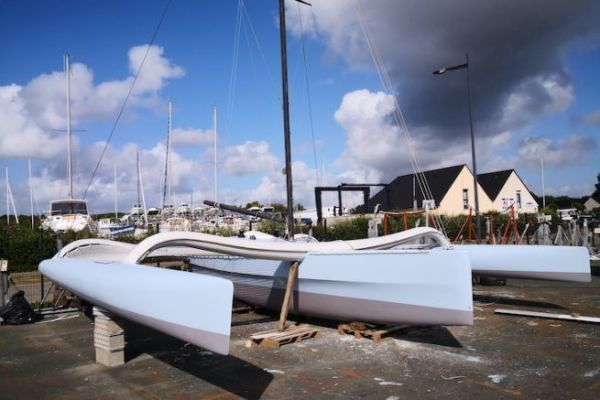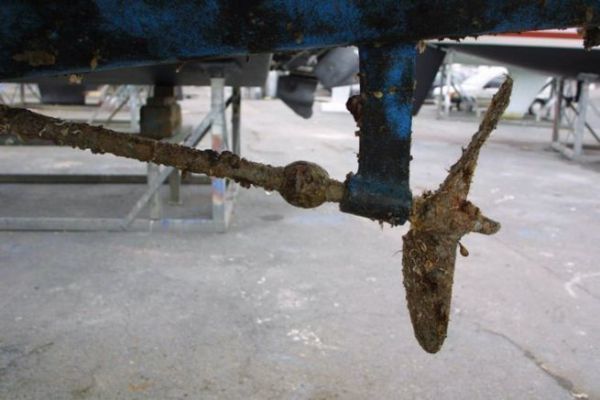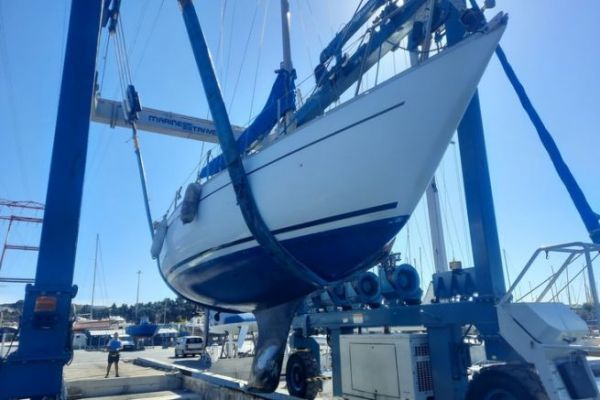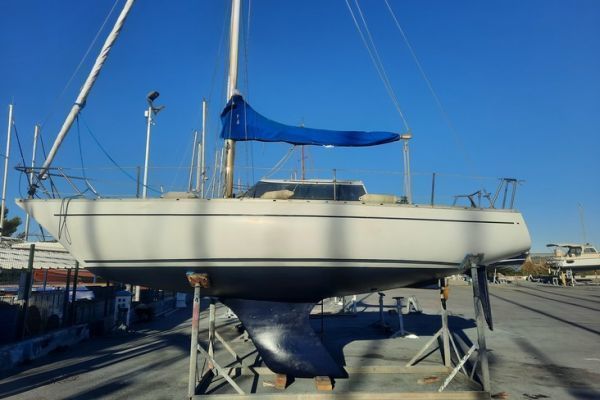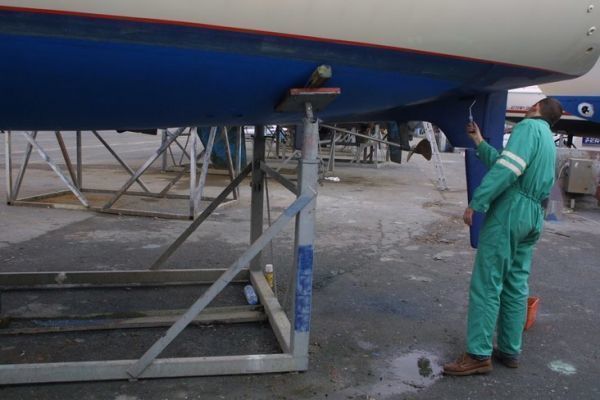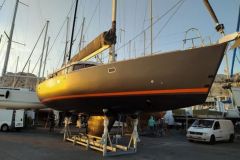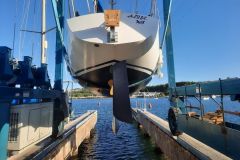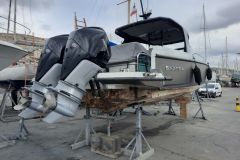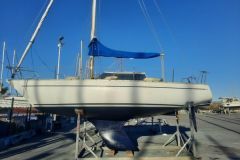What is an antifouling?
An antifouling is an underwater paint used to prevent the growth of marine organisms on a ship's hull. These organisms include algae, shellfish, mussels and other forms of marine life that can attach themselves to your hull and cause additional water resistance, thus increasing the vessel's fuel consumption.

Antifouling generally contains substances called biocides, which are designed to kill unwanted marine organisms. These biocides can be made up of different types of chemical compounds, such as tin, copper or zinc derivatives.

What are the different types of antifouling?
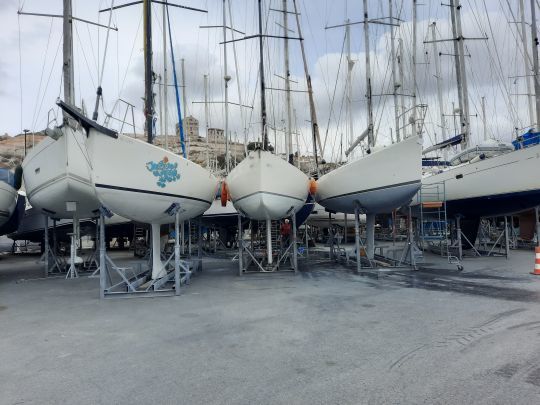
There are several types of antifouling, each with different properties and benefits depending on your vessel, needs and sailing conditions. They are grouped into 2 main families:
- Hard matrix antifouling antifouling: a thick, resistant coating that inhibits the growth of marine organisms. Thanks to its high level of biocides, this type of antifouling is long-lasting and effective, but more difficult to remove during the annual refit.
- Erodible matrix antifouling this type of antifouling is easier to apply than hard matrix antifouling, but is also less durable. This type of antifouling is easier to apply than hard matrix antifouling, but is also less durable.
Which antifouling for which boat?
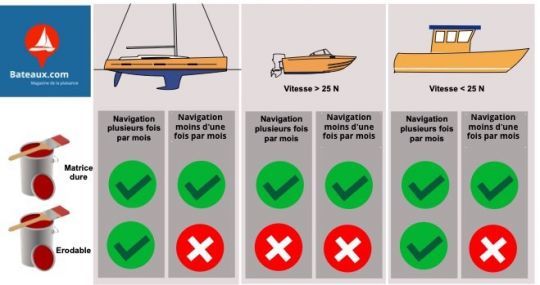
A hard matrix antifouling is suitable for fast boats that need to maintain a high speed, as well as for boats parked in areas with strong currents where marine organisms tend to grow faster. Warm waters also favor the growth of these organisms, making a hard matrix antifouling more effective for these boating basins.
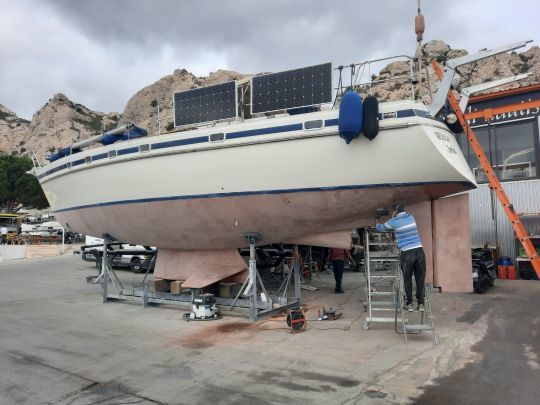
An antifouling with an erodible matrix is suitable for sailboats and slow motorboats, which will benefit from a clean hull throughout the season. It's also the best choice for boats that go out regularly, as frequent sailing keeps the biocide layer active.
Other antifouling categories
Depending on materials and budgets, other main types of antifouling are also available.
Antifouling for aluminum hulls copper is incompatible with aluminum, so specific products are available for this material.
Silicone-based antifouling this type of antifouling, without biocide, is designed to reduce friction between the hull and the water, enabling the vessel to glide more easily through the water and increase its speed. It is suitable for vessels that sail a lot.
Antifouling designed for propellers your propeller's rotation speed is not compatible with the antifouling designed for your hull. That's why we recommend applying a specific antifouling, adapted to propellers and metal parts immersed all year round.
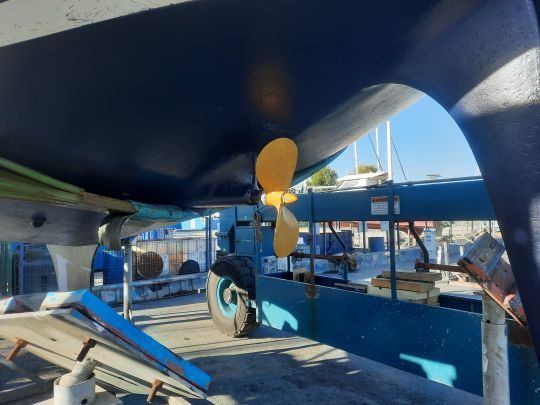
Antifouling for sounder or underwater lighting: as conventional antifouling can interfere with the proper operation of a sensor, a special product is available for application to bronze or polymer sensors.
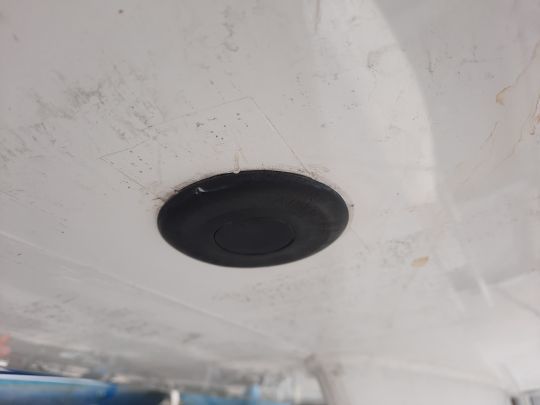

 /
/ 